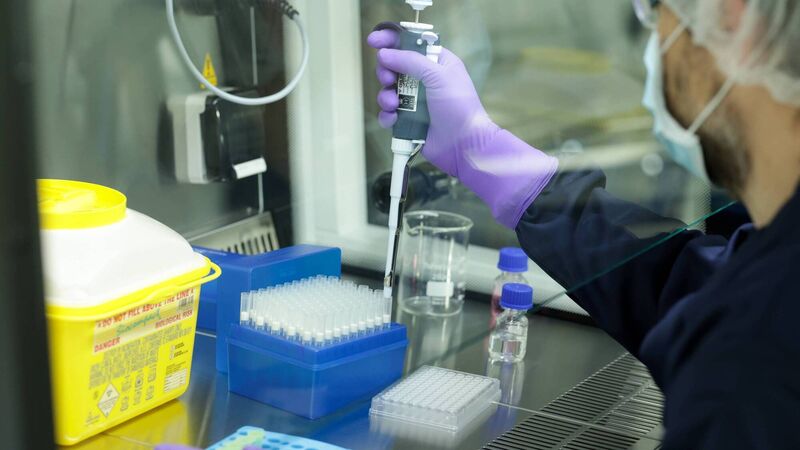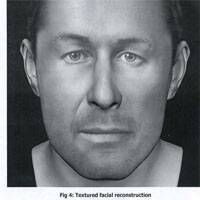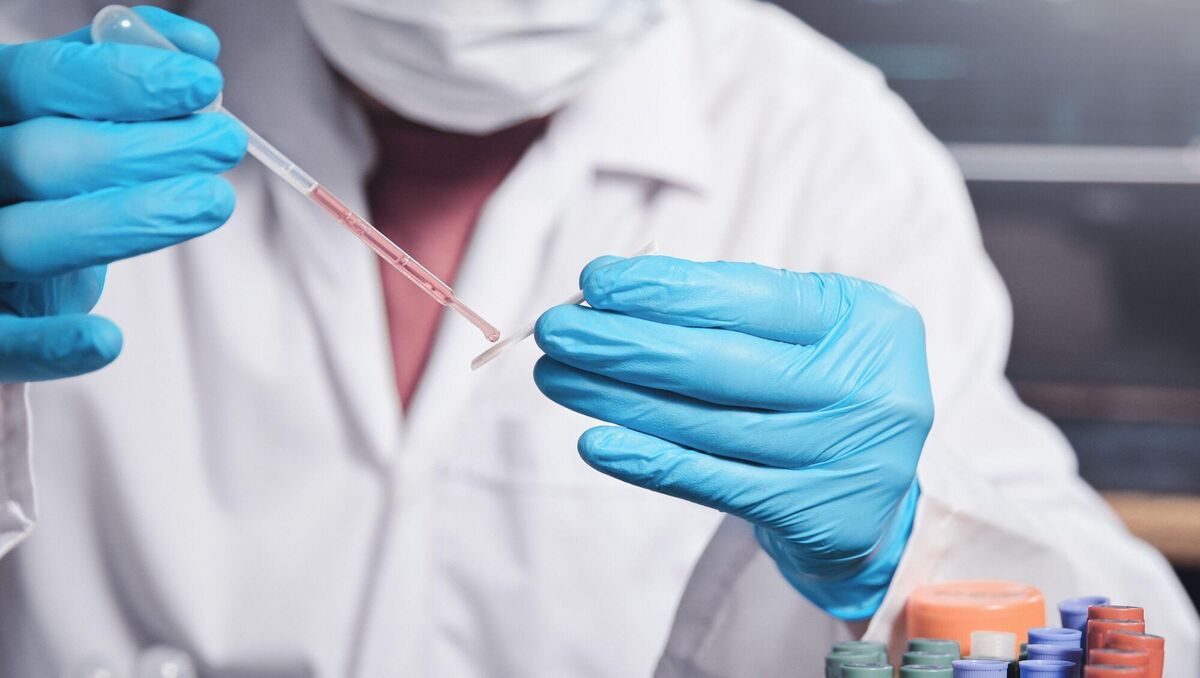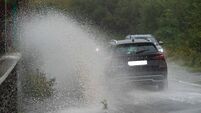Hopes revamped database will help to identify human remains

Information for the database has been provided by coroners in their annual returns to the Department of Justice. File picture: Maxwells Dublin
A craniofacial reconstruction with a computer-generated image of a man who was found dead off the Clare coast over a decade ago is included in a revamped human remains database being published on Friday.
The remains were discovered at the base of the Cliffs of Moher on July 30, 2010, and were laid to rest in Drumcliff cemetery in Ennis.
The reconstruction came after a forensic craniofacial reconstruction report was carried out by researchers at the University of Dundee.
When found, the man was wearing just a pair of black runners with Velcro straps.

The database was published last year in excel format but a revamped database has now been unveiled by the Department of Justice, incorporating images which officials hope will help solve the mysteries of the identities of more than 40 remains found across the country in the past six decades.
Also included in the images are the facial image of female remains recovered from the River Liffey in Dublin at Breakwater Rd, Alexandra Basin, on January 10, 1990.
It also includes a facial image of male remains found at Rosses Point, Sligo, on June 16, 2009, as well as a CCTV image of the man, known as 'Sligo Man' but also known to have used the name Peter Bergmann when he checked into a hotel in Sligo four days before his remains were discovered.
The man gave an address in Vienna when checking in but this was later found not to be a real address.
The man’s case is the subject of a podcast launched in recent days by Britain-based Locate International, an organisation which seeks to highlight cases of long-term missing persons.
Information for the database has been provided by coroners in their annual returns to the Department of Justice.
A spokesman for the department said: “Coroners were asked to include in their 2023 return visuals of distinctive items such as jewellery, clothing, tattoos etc, found with or on the unidentified remains where they are available.

"The Department of Justice received visual detail from four coronial districts comprising three facial images (inclusive of one facial reconstruction image) and two visuals of items found with the remains.”
He added: “The database now contains details of 26 unidentified full remains, 20 unidentified partial remains, and 16 historical remains.”
A new addition to the database relates to the discovery of a skull fragment, on Trá Ciaran, North Harbour, on Cape Clear island off Cork’s coast in December 2021.
The Department of Justice says that as the data on unidentified human remains was being compiled, it emerged that a number of remains detailed on the database did not have corresponding DNA samples on the National DNA Database.
The spokesman said: “As DNA profiles are generated and uploaded onto the database, they will be regularly checked against all profiles of unidentified remains in the hope of locating a DNA match and establishing an identification.
“Given the complexities associated with historical remains, this process is expected to take some time to complete.
"Three exhumations have been carried out to date and DNA samples has been extracted from two remains.
"Unfortunately, it has not yet been possible to identify the remains.”









